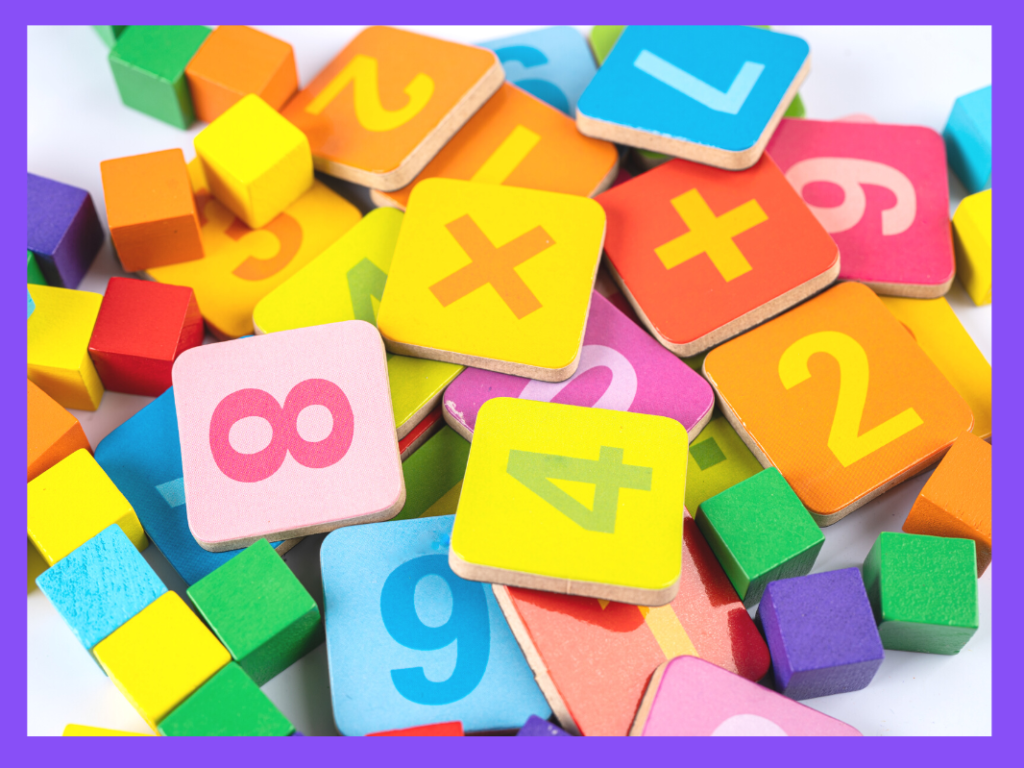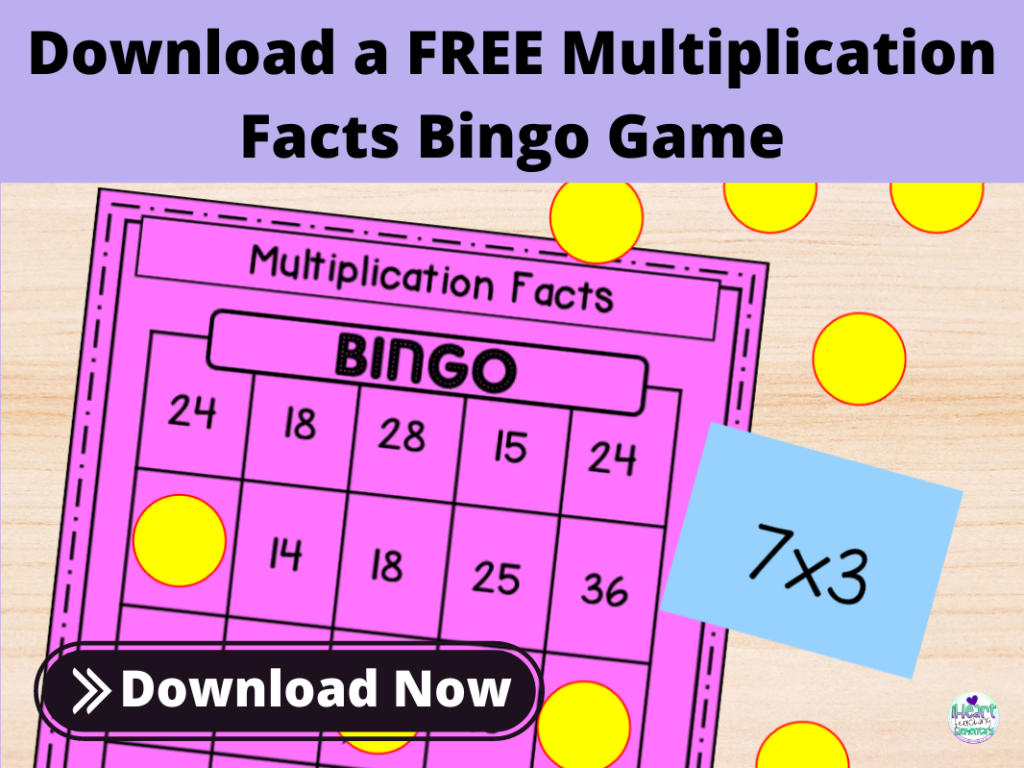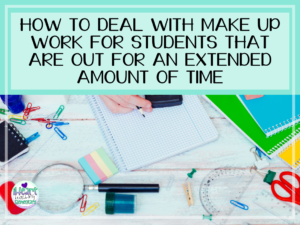Let’s talk about how to create math kits as a way to organize and store your math manipulatives and tools.
Individual math kits are a great way to store and organize those manipulatives or tools that you want kids to use over and over during a math game or an activity.
Organizing and storing math manipulatives and tools can be a challenge. Especially if you have limited space. And when you play a math game or do a math activity passing them out takes up time, which is also limited.
So what I like to do is create individual math kits. During the height of the pandemic, we couldn’t have the kids sharing supplies. So the idea of math kits was born from that.
My teammates and I decided that each student would have their own math kits with any manipulatives or tools that they were going to need for activities or games.
Storage of Math Kits
First, you’re going to need to figure out what type of storage container you’re going to need for each student. I always go for cheap and have used food prep containers that I’ve gotten from Amazon. You can also use ziplock bags or any plastic container from the dollar store.
The types of manipulatives and tools you put in the math kits depend on what kinds of activities and games you want students to complete.
My students’ math kits have included spinners, paper clips, dice, and beans. Beans are a great cheap option to use as counters. I get a new bag every year and I count out a certain amount for each student and put them in a little ziplock bag. Now they have counters to use for all kinds of games and activities.

Math Kit Expectations
The expectations for how to treat and use the math kits are important. Come up with those expectations when you introduce these math kits, otherwise, they’re not going to be used properly.
If expectations aren’t taught before using the math kits, you’ll have a bunch of tools that are being used as toys at the beginning of the year.
This is how I would teach these expectations. Give a math kit container to each student with their very first tool that they’re going to need for whatever game or activity you’ve chosen to do.
Just include the one tool. You don’t want to give them a container full of manipulatives or tools without showing them how to use them properly. Create a chart of expectations for how to use the math kits and then how to store them when they’re done.
The first tool that I give kids is a spinner and a paperclip attached to a piece of paper. The reason I give them a piece of paper is that most of the time it helps them not to lose the paperclip because it’s attached to the paper.
However, there are definitely going to be kids that are going to lose it. But for the most part, most of the kids will keep it attached to that paper.
I create the chart of expectations. And we go over how to properly use the spinner and the paperclip and how to attach the paperclip to the paper when they’re done before putting it back in their math kit.
You might think it’s excessive to do that. But trust me. Never assume that kids know how to do something correctly.
After we go over how to use the spinner and the paperclip, we play our very first math game of the year. I like to do a partner game and sometimes a small group game. Whatever the game or activity is, it’s something that uses a spinner and a paper clip.
Each time we have a new tool to use for the math game or activity, I follow the same steps.

There will be kids that will not be using their manipulatives or tools correctly all the time. Because we’ve created these expectations at the beginning of the year, they know that if they play with their manipulatives or tools and use them as toys, their math kit gets taken away.
When the math kits are not being used, the kids usually store them inside their desks. If you have something like seat sacks, they’re also a great place to store them. They can be stored basically anywhere that they fit in your classroom.
So what happens at the end of the school year? I like to collect the containers and keep the ones that I feel can still withstand another year. I usually only have to replace a few which is way more cost-effective than having to buy a whole class set.
I let the kids take all the math manipulatives and tools home. Most of the time the tools are made out of paper so they’re just not meant to be used for more than one year. So it’s okay for them to take it home.
Individual math kits are a great way to organize math manipulatives and tools. What would you include in them?




